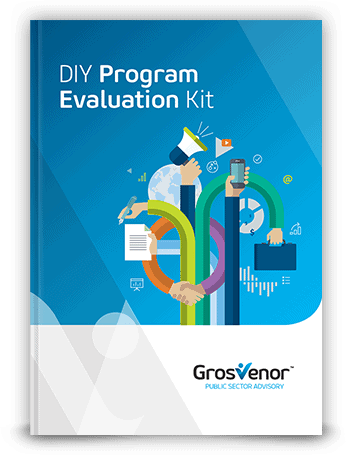What should my sample size be?

How to determine sample size
Whether you are conducting a formal evaluation or review, engaging with stakeholders will help you understand what is happening ‘on the ground’.
It is very easy to say you need to ‘collect data from a sample’, but what does this really mean? How many people should you be engaging with to collect something meaningful?
Question no more! We’ve put together some quick and easy ‘rules of engagement’ to help you understand what your sample size needs to be.
A good maximum sample size is usually around 10% of the population, if this does not exceed 1000.
For example, in a population of 5000, 10% would be 500. In a population of 200,000, 10% would be 20,000. This exceeds 1000, so in this case the maximum would be 1000
Even in a population of 200,000, sampling 1000 people will normally give an accurate result.
Sampling more than 1000 people won’t add much to the accuracy and could potentially be unnecessarily costly
Choose a number closer to the minimum if:
- Time and money are an issue
- You only need a rough estimate of the results
- You don’t plan to divide the sample into different groups during the analysis, or you only plan to use a few large subgroups (e.g. males / females)
- You think most people will give similar answers
- The decisions that will be made based on the results do not have significant consequences.
Choose a number closer to the maximum if:
- Time and money are not an issue
- It is very important to get accurate results. Typically you will want to lean towards larger samples to increase accuracy.
- You plan to divide the sample into many different groups during the analysis (e.g. different age groups, socio-economic levels, etc)
- You think people are likely to give very different answers
- The decisions that will be made based on the results of the survey are important, expensive or have serious consequences.
- But remember over sampling could be problematic in terms of creating more work and effort than required.
These rules provide a useful reference point for understanding what is required and are applicable for basic surveys such as feedback forms, opinion surveys or needs assessments that utilise random sampling. Complex surveys such as national surveys or non random sampling would use different criteria, however this guide is appropriate for the overwhelming majority of sampling required.
Use the table below as a reference when deciding on your sample size.
Sample Size Reference Table
The table indicates the margin of error present in a given sample and this will allow you to communicate that margin of error when reporting results, providing greater credibility and transparency.

If in doubt, contact us – we would be more than happy to help you calculate the sample size you need.









 We are all about sharing our expertise to help you and your organisation be the best it can be.
We are all about sharing our expertise to help you and your organisation be the best it can be.